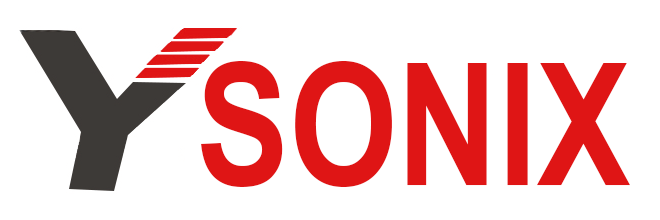Head-mounted VR terminal equipped with micro-organic light-emitting diode (Micro-OLED) display
The U100 is a new line of Kvaser's popular Leaf CAN series to USB rugged adapters that accommodate a wider range of high voltage environments, are affordable and meet OEM sustainability standards. In the research and development of CAN products, he has accumulated more than 40 years of experience in the field of related product development, and has a very in-depth research on CAN and related bus technologies.
Usually due to the price factor, users with various equipment working environments usually choose entry-level products rather than high-end expensive versions. Therefore, Kvaser has recently designed a robust and cost-effective CAN FD product U100, which can almost Suitable for all applications and with reinforced galvanic isolation – exactly what is required in the rapidly evolving automotive development sector, but also for durable applications in marine, general industry, heavy vehicles and heavy industry.
Head-mounted virtual reality (VR) device terminal, the performance test of this head-mounted VR device has been completed recently.
Apple's head-mounted VR device terminal is equipped with a tiny organic light-emitting diode (Micro-OLED) display. The tiny organic light-emitting diode display was developed by Apple in partnership with Taiwan's TSMC. Unlike other solutions, this miniature OLED display does not use color filters because the process deposits the functional layers of the OLED directly on the chip wafer that serves as the driver backplane.
Micro OLED displays are smaller, thinner and more energy efficient. The application processor (AP, Application Processor) of this head-mounted VR device will use the system-on-chip M1 chip developed by Apple itself, and the operating system (OS) will choose to run iOS.
This single oil nozzle is essentially a nozzle designed according to the "square law", that is, the flow rate of fuel flowing through the nozzle is proportional to the square root of the pressure drop before and after the nozzle. That is, if the minimum pressure for effective atomization is 301b/in2 (pounds per square inch), then the pressure required to provide maximum flow will be approximately 30001b/in2.
The fuel pumps of that era could not withstand such high pressures, so in the process of overcoming the square-law effect, nozzles with adjustable inlets were also developed.
The dual oil channel nozzle has a center hole and an outer ring hole, and the center hole is smaller. The center hole handles lower fuel flow, and the larger outer ring hole supplies higher fuel flow as fuel pressure increases. This type of nozzle uses a boost valve to distribute fuel to different oil circuits.









